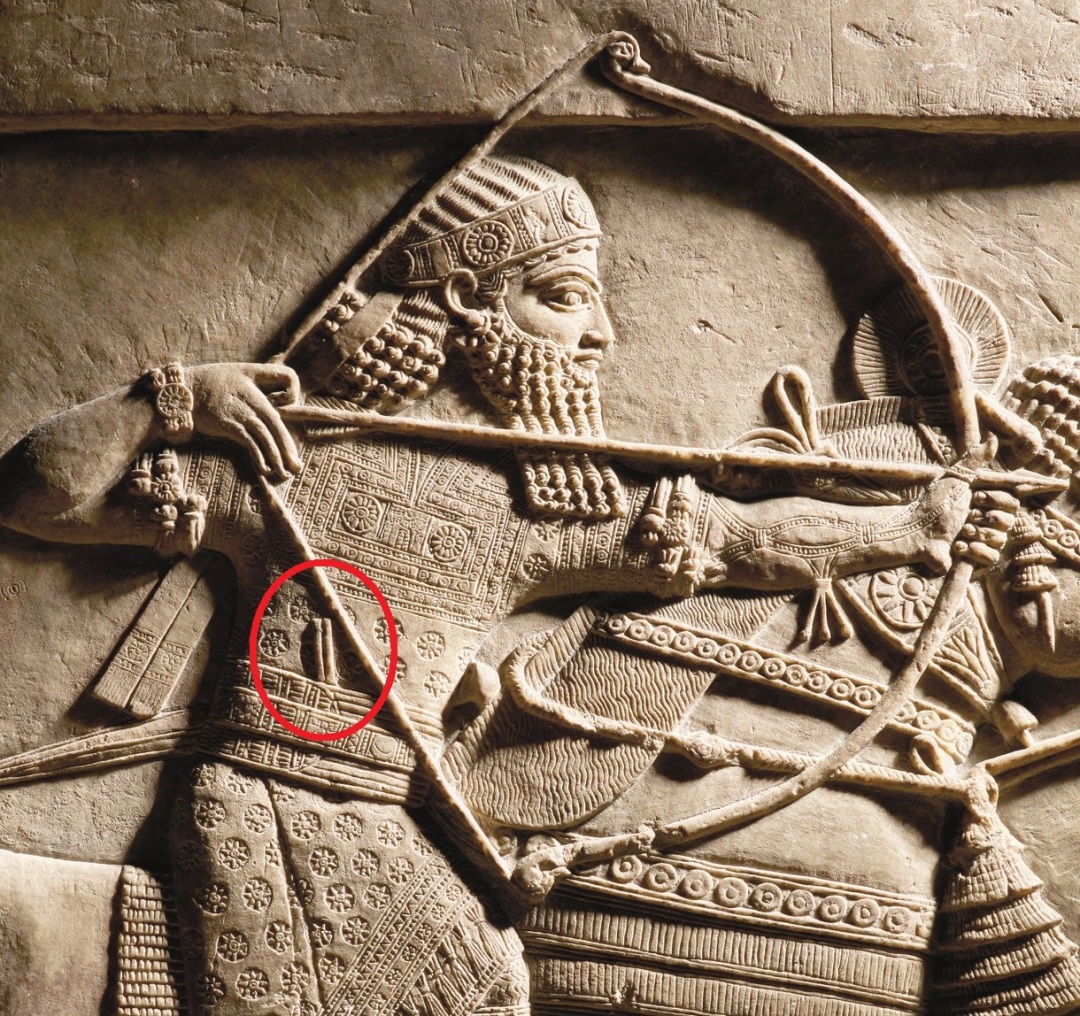 Last weekend I finally got a chance to visit the British Museum’s exhibition on the Assyrian king Aššurbanipal. There’s been a lot of good word-of-mouth about it so I was looking forward to it, and while it wasn’t perfect, the exhibition didn’t disappoint.
Last weekend I finally got a chance to visit the British Museum’s exhibition on the Assyrian king Aššurbanipal. There’s been a lot of good word-of-mouth about it so I was looking forward to it, and while it wasn’t perfect, the exhibition didn’t disappoint.
Although no-one on the CREWS Project directly works on first-millennium Assyria, Aššurbanipal’s a name that’s cropped up a few times on this blog because of his strong interest in writing and scholarship. He’s one of the few Mesopotamian rulers known to have been literate – in fact, this was a source of great pride for Aššurbanipal, who claims in one inscription:
‘I learnt the lore of the wise sage Adapa, the hidden secret, the whole of the scribal craft. I can discern celestial and terrestrial portents and deliberate in the assembly of the experts. I am able to discuss the series “If the liver is a mirror image of the sky” with capable scholars. I can solve convoluted reciprocals and calculations that do not come out evenly. I have read cunningly written text in Sumerian, obscure Akkadian, the interpretation of which is difficult. I have examined stone inscriptions from before the flood, which are sealed, stopped up, mixed up.’
This interest in writing, both contemporary and historical, is reflected in Aššurbanipal’s iconography. As the exhibition amply illustrates with its exceptional presentation of Assyrian reliefs (something the British Museum has always been famous for, of course), Aššurbanipal has himself depicted with a stylus tucked into his belt.

Aššurbanipal is famous for his library at Nineveh, from which fragments of 30,000 tablets have been recovered. It’s very likely that as well as many more that have not survived, there were also countless texts on perishable materials. For me, one of the most impressive items in the British Museum exhibition was a large wooden writing board with fragments of cuneiform-inscribed wax still adhering to it. While the library is certainly covered by the exhibition and there is an impressive array of cuneiform tablets on display, I was a little surprised at the relatively small part writing played in the overall exhibition. I realise this is probably more a result of my own research interests colouring my expectations, but I would have liked to have seen a little more done with the scribal material.
This contrasts with the reliefs, which make up a very prominent part of the exhibition and are displayed in an excellent and innovative way. Projections are used to colour and highlight parts of the reliefs, guiding the viewer through the complex scenes and making them much clearer and more understandable. This is only done with a few key scenes, which left me wishing it had been possible on all of them.
As well as reliefs and cuneiform tablets, there is an impressive collection of artefacts from across the Assyrian world, which presents a welcome illustration of the cultural diversity of an imperial reach that stretched from Egypt and Cyprus in the west to south-east Mesopotamia in the east. The exhibition does a good job of bringing out the fractious nature of Aššurbanipal’s realm and the varying political and cultural considerations in different parts of his empire.
Another aspect I liked was the final section, focusing on the recent history of Assyria and its scholarship, the legacy of western imperialism in the region and giving Iraqi scholars the opportunity to talk about their own work and what Assyriology means to them, especially in the aftermath of all the great hardships and violence of recent decades. Even today, Near Eastern studies can often feel somewhat colonialist, with European and American scholars dominating and not engaging as much as we should with the people of the regions we’re studying and their ideas. This is especially keenly felt in a grand imperial institution like the British Museum – something the exhibition organisers are clearly all to aware of since they take pains to emphasise their current programme to work with and train archaeologists and Assyriologists in Iraq. It’s a very important reminder that despite our global enthusiasm for the ancient material culture of Assyria, it is the local history of people in some of the hardest-hit parts of Iraq, and that their perspectives have often been marginalised and ignored.
Overall, it’s an exhibition well worth visiting, though best not to expect its primary focus is on Aššurbanipal’s scribal interests. It was also a shame that the gift-shop didn’t offer an Assyrian rubber duck to sit alongside the Roman, Greek, Egyptian and other ones I’ve collected from previous British Museum visits. You can’t have everything, though…
‘I am Ashurbanipal, king of the world, king of Assyria’ runs until 24 February at the British Museum.
~ Philip Boyes (Research Associate on the CREWS project)



Thank you Philip, very useful.
LikeLiked by 1 person
Is it just me or is Aššurbanipal’s self-description crying out to be turned into a version of The Modern Major General?
LikeLiked by 1 person
Best idea ever!
LikeLiked by 1 person